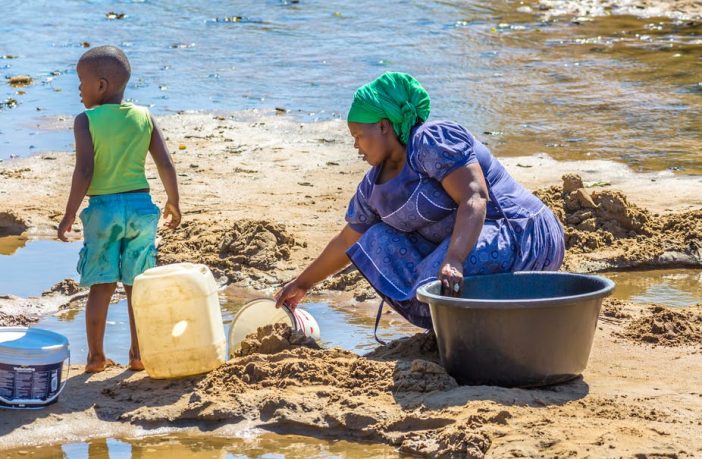- We all know what happens in South Africa when people get upset, they burn things down.
- Investment in renewable energy projects must translate into sustainable, real and meaningful impact in the communities where the IPPs (Independent Power Producers programme) are centred, according to Dr Ric Amansure who was speaking at the African Utility Week and POWERGEN Africa conference and exhibition in Cape Town heard on Thursday.
Various community stakeholders in the South Africa’s Independent Power Producer (IPP) programme on Wednesday showcased their work at the African Utility Week and POWERGEN Africa conference. They highlighted the difference the IPP projects are making – most notably the lives of women and children.
National Operations Manager of the Field Band Foundation Ushama Jerrier told delegates the Foundation has a database of 7,000 children involved in its activities in seven of the nine provinces. The Foundation is based on a youth developmental model that provides positive experiences to children teaching them leadership and help build emotional resilience through band membership and music. “It is an opportunity for children to be part of the change and the joy we bring. So, the IPPs are not just power in the form of neutrons but it rather extends the production of energy to the power of changing lives and that is really powerful,” she said.
Other socio-economic projects showcased ranged from mini chess programmes that help improve numeracy skills among children in the Eastern Cape, the Khobab Wind Farm’s Bursary programme in Loeriesfontein in the Northern Cape and the Lesedi Power Project’s initiative to end ‘period poverty’ by providing sanitary pads to girls in grade 7 to 12 to keep them in school. Many girls forfeit school days monthly because they cannot afford sanitary pads.
But Amansure noted that it is important to make sure that the IPPs’ community investments have a real and lasting impact also long after the end of the project lifespan. He told delegates the sad reality about many of these projects is that by the time the project finishes the dynamic on the ground in communities has changed. New people have moved into the area, so the population grew, and this had a huge impact on the need for increased service delivery.
“Suddenly instead of 100 people visiting the clinic daily, there are now 500. This then creates tension between people who are originally from the community and those chasing jobs from surrounding areas (inkommers),” he stated.
Amansure said this means a huge change in the social dynamics that, if not managed properly, can have an immense, unanticipated impact and put the whole project at risk. “Understanding investment is also about understanding the future of communities and about translating that vision of the community into reality.”
He acknowledged many of these projects may be well-intentioned, but not necessarily well thought through. “Just look at bursaries and scholarships now being the flavour of the month. It is like the Oprah Show. You get a bursary and you get a bursary – everybody gets a bursary.”
According to Amansure, there are unintended consequences as many of these young people move away to go study and never return leaving communities with a significant brain drain. “So, what is left is frustration and communities begin to die, local economies stop growing and this can spill over into the bigger project. We all know what happens in South Africa when people get upset – they burn things down.”
Amansure says envisaging the future of that community is part of the investment. He said there are a lot of social issues that will impact on the future of a community and something to remember is to think what that community will have in terms of solar and wind in 20 years’ time. “What will happen? Will communities revert to their original state or will they be worse off because they now also have these degrading solar panels and holes in the ground where wind turbines once stood?” He also noted unmet job expectations as a consequence. “When these projects first start there is an expectation of jobs, yet with solar and wind projects these jobs are only for two years and for a very limited amount of time. So, what happens after?”
Head of South Africa’s IPP office Karen Breytenbach told delegates the office procured over 102 projects already and 92 have been signed. “If you listen to people you can hear the difference it makes to their lives in the areas where our projects are. And yes, it is not perfect – nothing in the world is perfect and nothing is completely risk-free but that is why we are doing it. We want to make a difference and improve what we have.”
Author: Alicestine October
This article was originally published on ESI Africa and is republished with permission with minor editorial changes.











